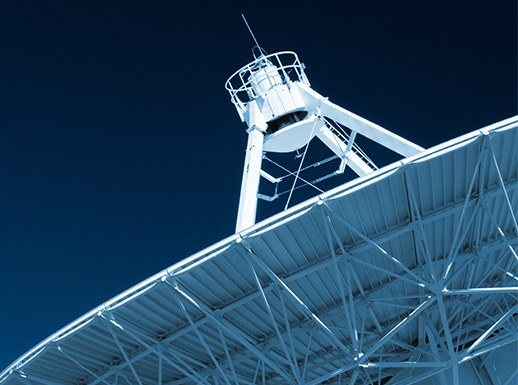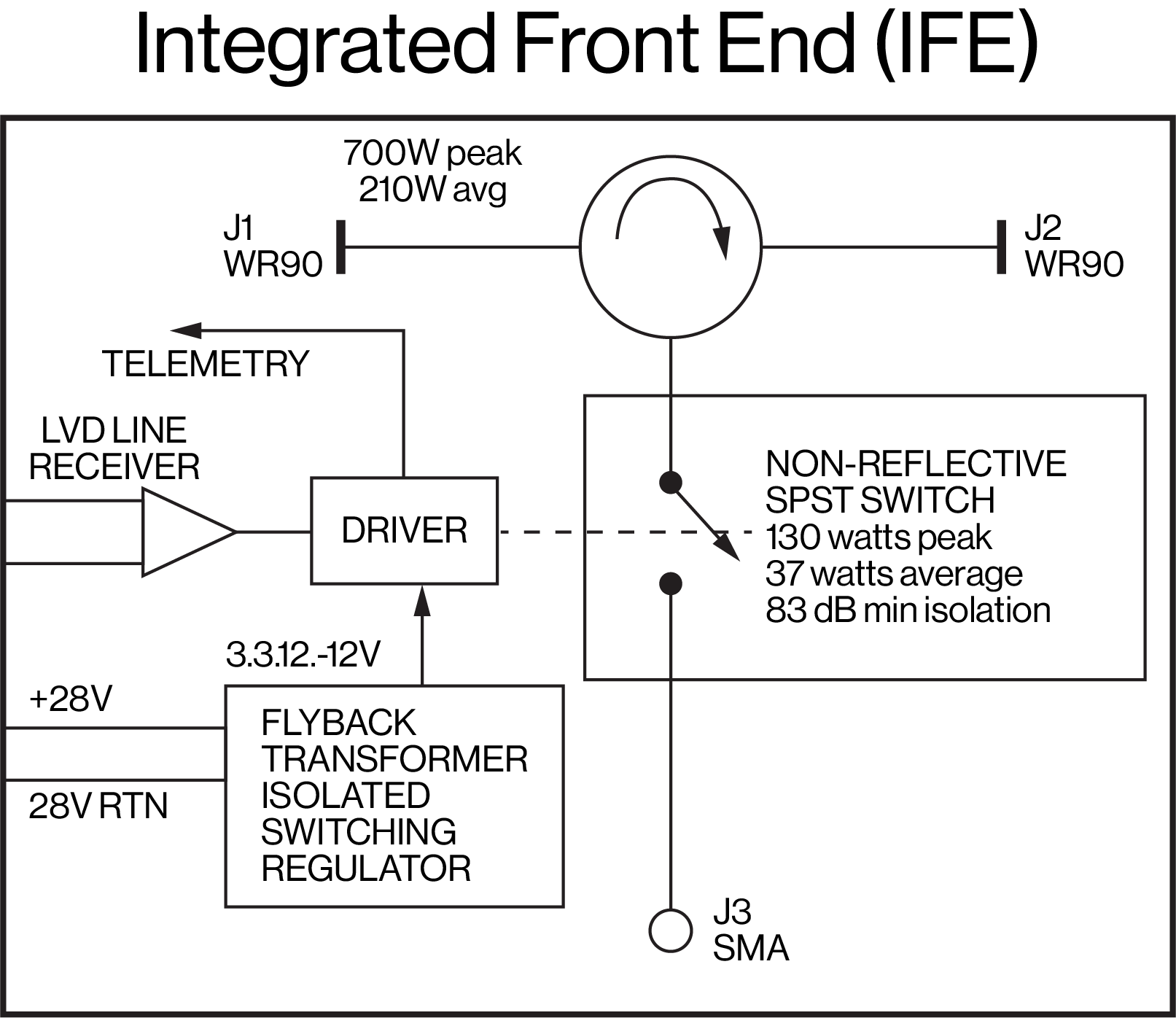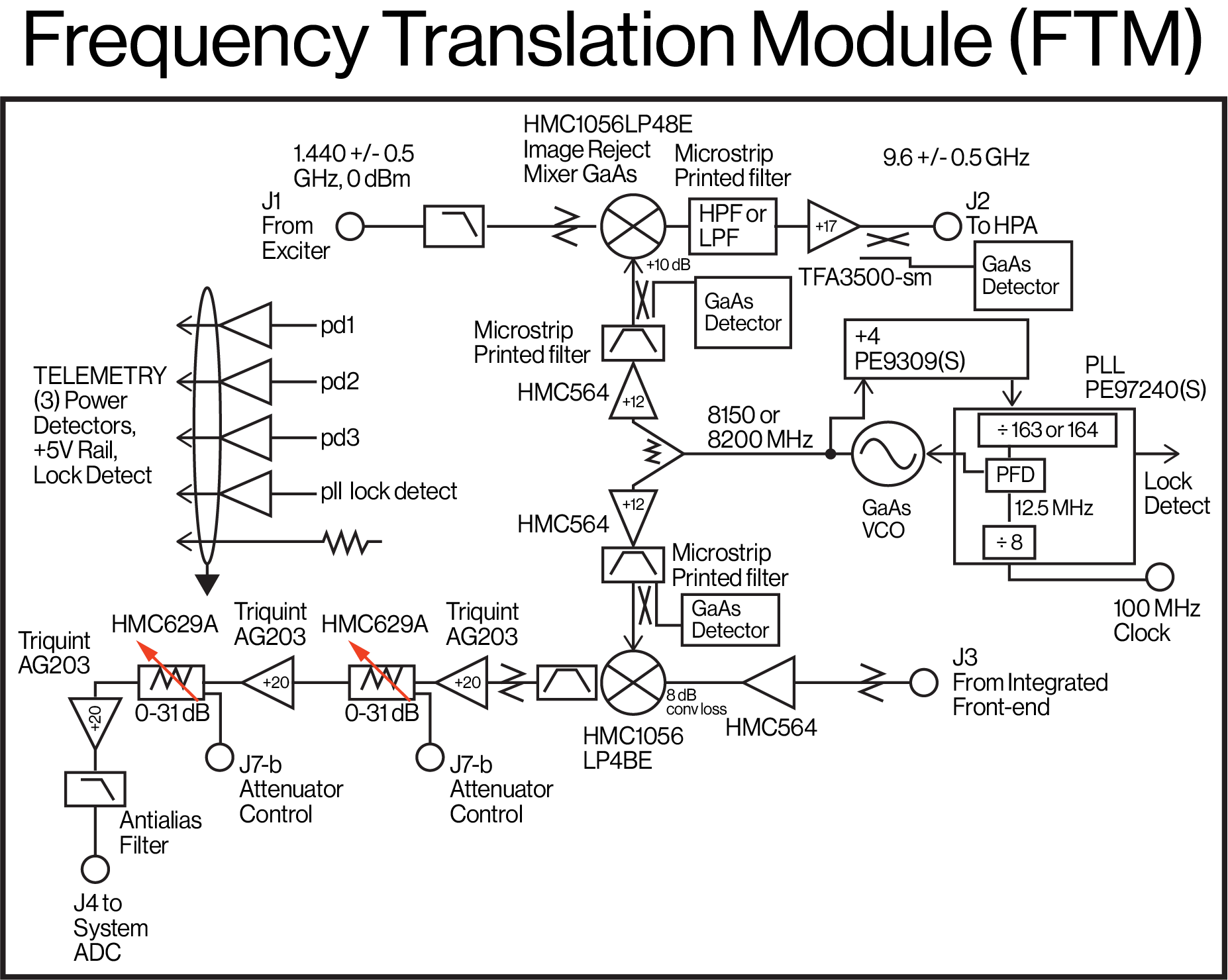
Deep Space Radar
Renaissance pioneers breakthrough RF and microwave solutions specifically designed to elevate deep space applications. Our advanced components are instrumental in achieving the unparalleled sensitivity, extended range, and ultra-high resolution essential for navigating vast distances, mapping celestial bodies, and detecting objects in space.
Power Amplifiers are indispensable in deep space X-band radar for generating the extremely powerful outgoing X-band signals necessary to travel vast cosmic distances. These components ensure that sufficient energy reaches the target and a detectable echo returns.
Circulators are vital in space radar for efficiently directing powerful transmitted signals to the antenna while simultaneously routing the weak returning echoes back to the receiver. This ensures critical isolation
Switches are used in deep space radar to rapidly alternate between transmit and receive modes, provide for optimization in operational flexibility and scanning capabilities across vast distances.
Mixers are essential in deep space X-band radar receivers to down-convert the extremely high-frequency, faint return signals from distant objects to a lower intermediate frequency.
Low Noise Amplifiers are critical for their ability to capture and amplify the weak return signals that have traveled vast distances while contributing the bare minimum amount of noise to preserve the fragile information contained within them.

